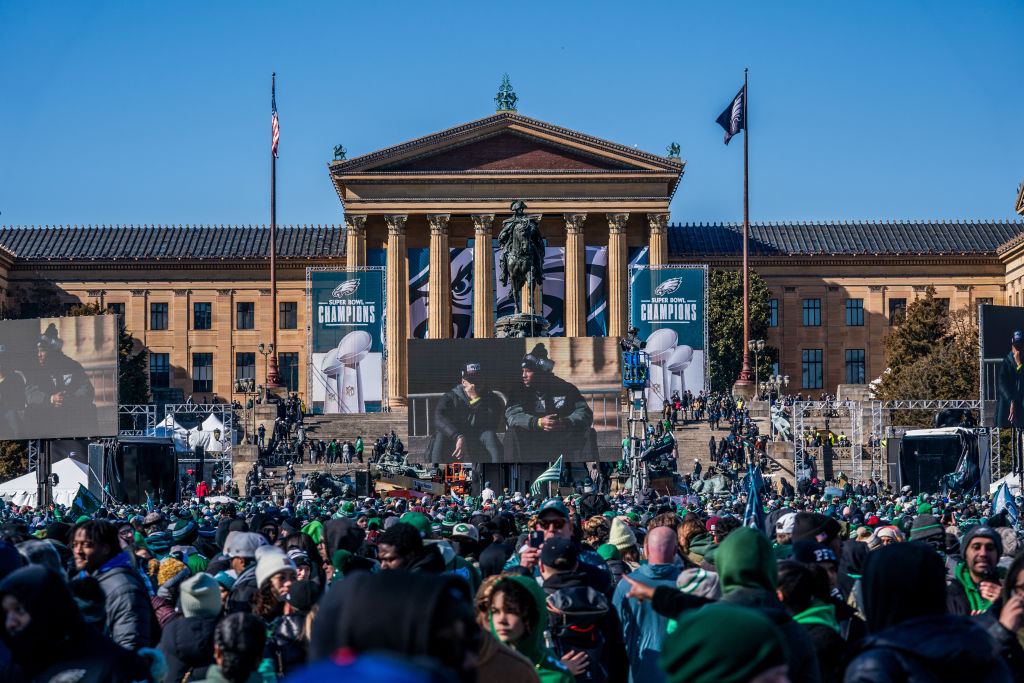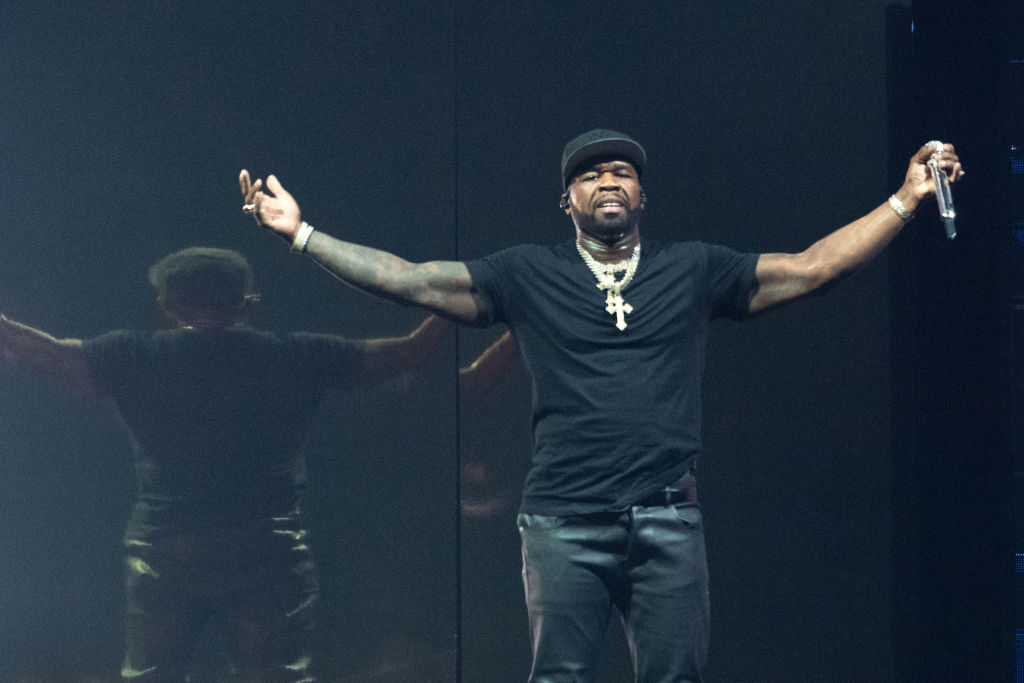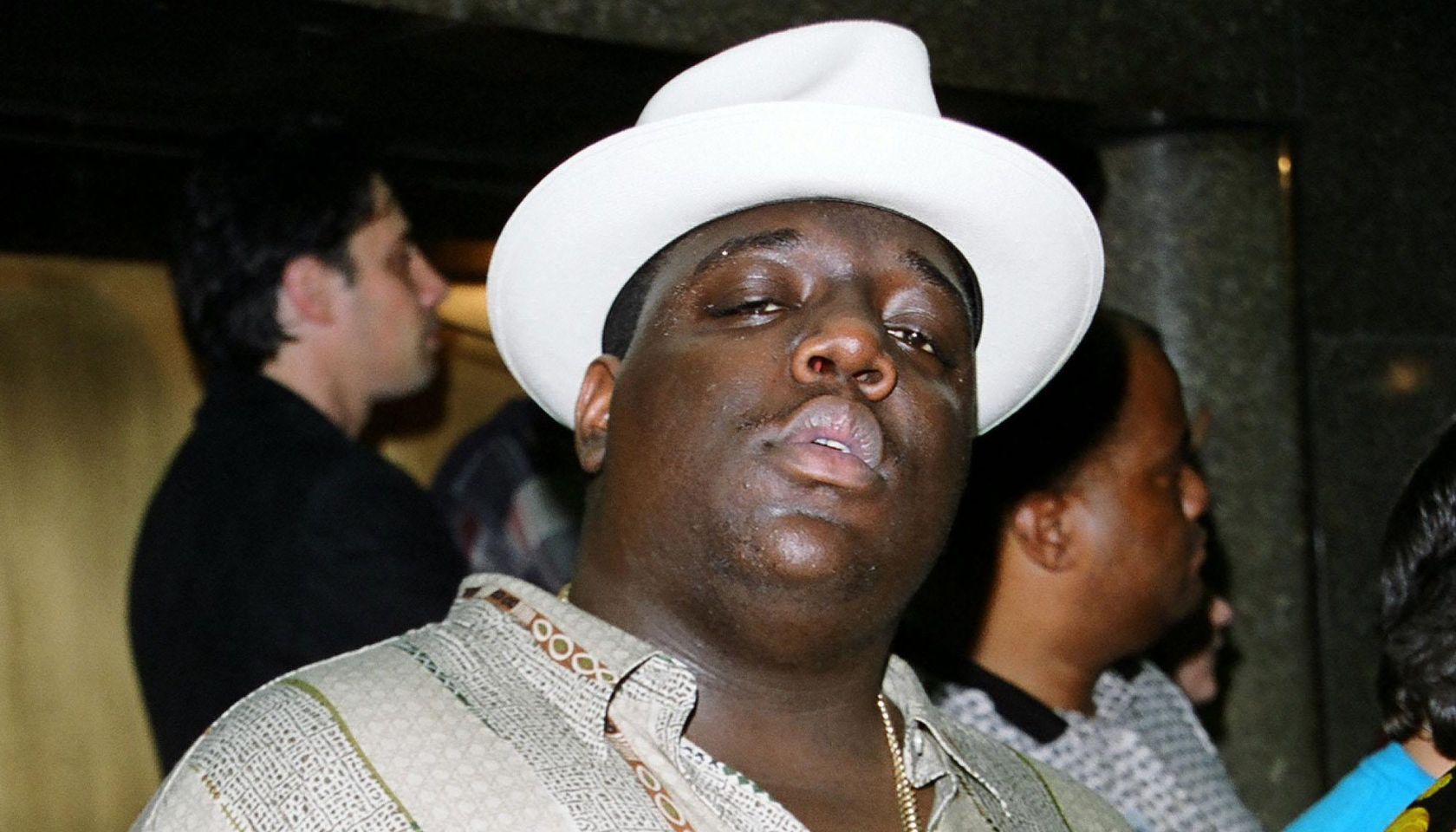SEPTA Cuts Day 1 -- How It Effects Philadelphia Public Schools
SEPTA Cuts Day 1 — How It Effects Public Schools And Drivers Routine

Philadelphia’s public school students are feeling the ripple effects of service cuts at SEPTA, the city’s transit authority, as reduced routes and fewer drivers place new burdens on families and school districts. For many students, particularly those who rely on buses and subways to reach classrooms across the city, the changes have added layers of uncertainty to an already complicated back-to-school season.
SEPTA announced this summer that it would scale back several routes, citing budget shortfalls, workforce shortages, and declining ridership since the pandemic. While the authority emphasized that essential services would remain intact, the reduction of frequency on certain lines has already led to longer wait times and overcrowded buses. For students who depend on those routes, getting to class on time has become a daily challenge.
RELATED: SEPTA Cuts And How It Affects You
Philadelphia public schools provide free transit passes for thousands of students, a program that has long served as a lifeline for families who cannot afford private transportation. But the SEPTA cuts mean students may have to transfer more often, wait longer at stops, or walk farther to reach alternate routes. Parents and teachers say the changes not only create stress but also raise safety concerns.
“Students are standing at bus stops before dawn, sometimes waiting for 20 or 30 minutes,” said Angela Torres, a parent in North Philadelphia. “It’s not just inconvenient—it’s unsafe.”
In response, school bus drivers and district transportation staff are stepping in to fill the gaps where possible. The School District of Philadelphia has been training its drivers to adapt to the new realities, including learning alternate city routes and building flexibility into schedules. Some drivers say the training has been hands-on, requiring them to test new paths and prepare for traffic in unfamiliar neighborhoods.
“We’ve had to get creative,” said Marcus Green, a veteran school bus driver. “With SEPTA cutting back, more kids are riding the yellow buses. That means we need to know every shortcut and every backup route to get them to school on time.”
Still, challenges remain. The city’s ongoing shortage of school bus drivers means not every student has guaranteed yellow bus access. The district continues to prioritize younger students and those with special needs, leaving older students more dependent on SEPTA.
City officials say they are working with SEPTA to monitor the impact and adjust where possible. But advocates stress that transportation disruptions ultimately affect learning outcomes. “When kids can’t get to school consistently or arrive late, it hurts attendance and achievement,” said education advocate Daniel Ruiz. “Transportation is not a side issue—it’s central to equity in education.”
For now, families, drivers, and students are learning to navigate the shifting system together, hoping that reliability can be restored before the school year gains full momentum.









